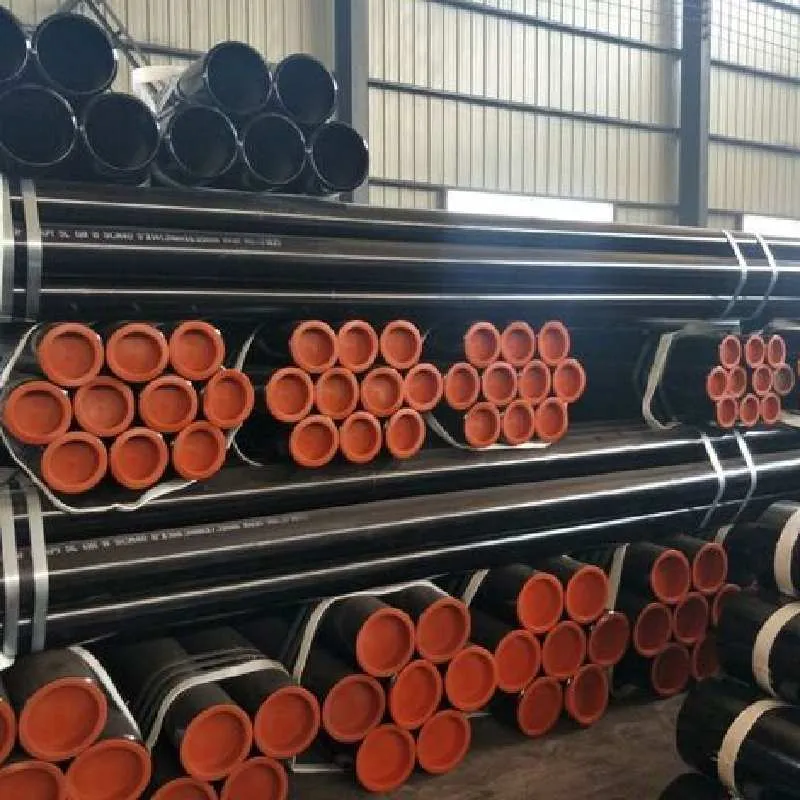-
Cangzhou Yulong Steel Co., Ltd.
-
Phone:
+86 13303177267 -
Email:
admin@ylsteelfittings.com
- English
- Arabic
- Italian
- Spanish
- Portuguese
- German
- kazakh
- Persian
- Greek
- French
- Russian
- Polish
- Thai
- Indonesian
- Vietnamese
- Zulu
- Korean
- Uzbek
- Hindi
- Serbian
- Malay
- Ukrainian
- Gujarati
- Haitian Creole
- hausa
- hawaiian
- Hebrew
- Miao
- Hungarian
- Icelandic
- igbo
- irish
- Japanese
- Javanese
- Kannada
- Khmer
- Rwandese
- Afrikaans
- Albanian
- Amharic
- Armenian
- Azerbaijani
- Basque
- Belarusian
- Bengali
- Bosnian
- Bulgarian
- Catalan
- Cebuano
- China
- China (Taiwan)
- Corsican
- Croatian
- Czech
- Danish
- Esperanto
- Estonian
- Finnish
- Frisian
- Galician
- Georgian
- Kurdish
- Kyrgyz
- Lao
- Latin
- Latvian
- Lithuanian
- Luxembourgish
- Macedonian
- Malgashi
- Malayalam
- Maltese
- Maori
- Marathi
- Mongolian
- Myanmar
- Nepali
- Norwegian
- Norwegian
- Occitan
- Pashto
- Dutch
- Punjabi
- Romanian
- Samoan
- Scottish Gaelic
- Sesotho
- Shona
- Sindhi
- Sinhala
- Slovak
- Slovenian
- Somali
- Sundanese
- Swahili
- Swedish
- Tagalog
- Tajik
- Tamil
- Tatar
- Telugu
- Turkish
- Turkmen
- Urdu
- Uighur
- Welsh
- Bantu
- Yiddish
- Yoruba

Sep . 28, 2024 11:45 Back to list
how to cap copper pipe without solder
How to Cap Copper Pipe Without Soldering
Capping a copper pipe is a common task in plumbing, especially when you're making repairs or modifications to your plumbing system. While traditional methods often involve soldering, there are several ways to cap a copper pipe without the need for heat. This guide will walk you through some effective alternatives.
Tools and Materials Needed
Before you begin, gather the following tools and materials
- Copper pipe cutter - Clean cloth or paper towel - Fitting cap (referred to as a cap fitting) - Pipe cleaning brush or emery cloth - Pipe deburrer or file (optional) - Teflon tape (for threaded fittings) - Adjustable wrench or pliers
Step-by-Step Guide
1. Prepare the Copper Pipe Start by locating the section of the pipe you wish to cap. Use the copper pipe cutter to cut the pipe cleanly at the desired location. Ensure you have a straight, clean edge without any burrs or jagged edges.
how to cap copper pipe without solder

2. Clean the Cut Edge Take the emery cloth or pipe cleaning brush to clean the exposed end of the copper pipe. This step is crucial for ensuring a tight seal when attaching the cap fitting. Remove any debris, oxidation, or grease from the surface.
3. Deburr the Edge If necessary, use a deburrer or file to smooth the inner and outer edges of the cut pipe. This will prevent any sharp edges from damaging the fitting and ensure a better seal.
4. Select the Right Cap Fitting Choose a cap fitting that matches the diameter of your copper pipe. There are various types of cap fittings available, such as push-fit connectors, compression fittings, and threaded caps.
5. Attach the Cap Fitting - For Push-fit Connectors Simply push the cap fitting onto the clean end of the copper pipe until it locks into place. These fittings provide a secure seal without any need for soldering. - For Compression Fittings Slide the compression ring and nut onto the pipe, then insert the cap fitting. Tighten the nut until it creates a secure seal. Use an adjustable wrench for this process. - For Threaded Caps If your cap fitting has threads, wrap Teflon tape around the threads of the pipe, then screw the cap onto the pipe. Tighten it with pliers until it’s snug.
6. Check for Leaks Once the cap is in place, turn the water back on and check for any leaks around the connection. If you see any water seeping out, you may need to tighten the fitting further.
Conclusion
Capping a copper pipe without soldering is a straightforward process that can save you time and effort. By using the right fittings and following these steps carefully, you can ensure a safe, leak-free connection. Whether you're a seasoned plumber or a DIY enthusiast, this method gives you a quick solution for your plumbing needs without the hassle of soldering. Happy plumbing!
Latest news
-
ANSI 150P SS304 SO FLANGE
NewsFeb.14,2025
-
ASTM A333GR6 STEEL PIPE
NewsJan.20,2025
-
ANSI B16.5 WELDING NECK FLANGE
NewsJan.15,2026
-
ANSI B16.5 SLIP-ON FLANGE
NewsApr.19,2024
-
SABS 1123 FLANGE
NewsJan.15,2025
-
DIN86044 PLATE FLANGE
NewsApr.19,2024
-
DIN2527 BLIND FLANGE
NewsApr.12,2024
-
JIS B2311 Butt-Welding Fittings LR/SR 45°/90° /180°Seamless/Weld
NewsApr.23,2024











